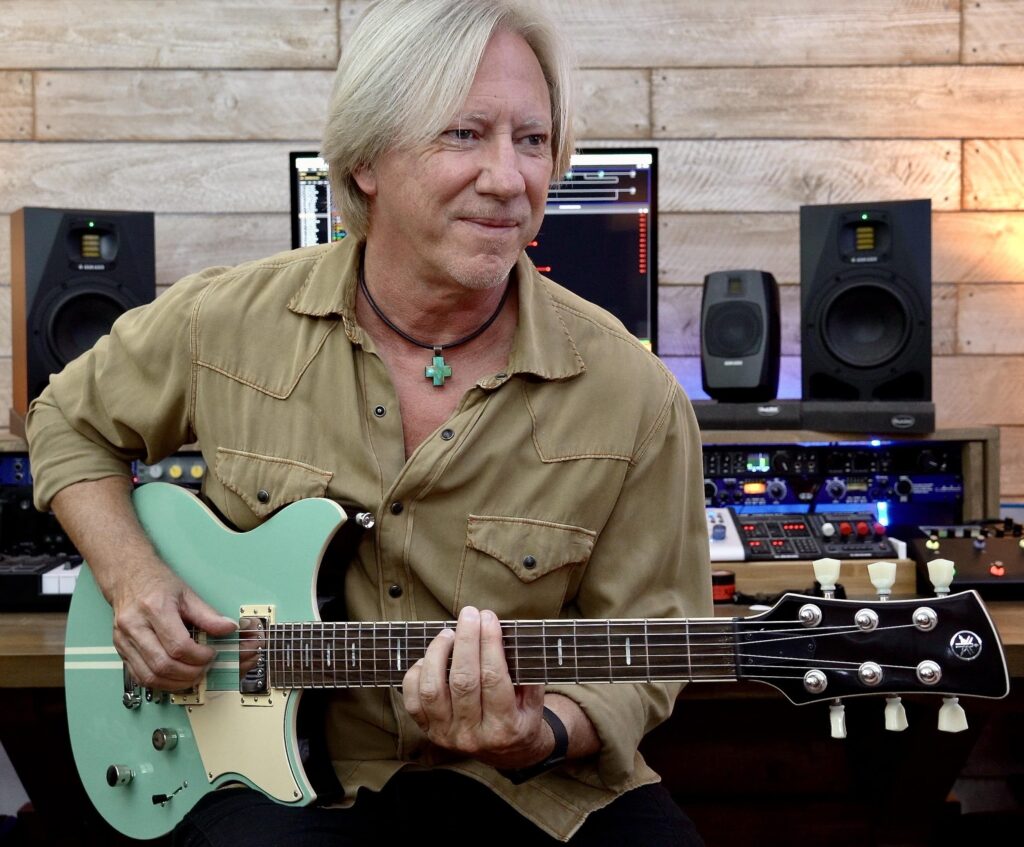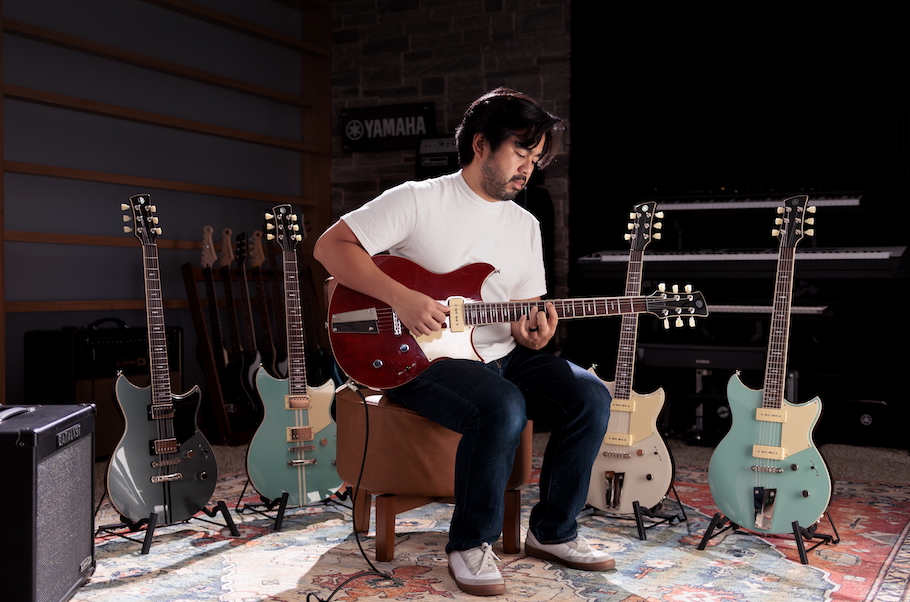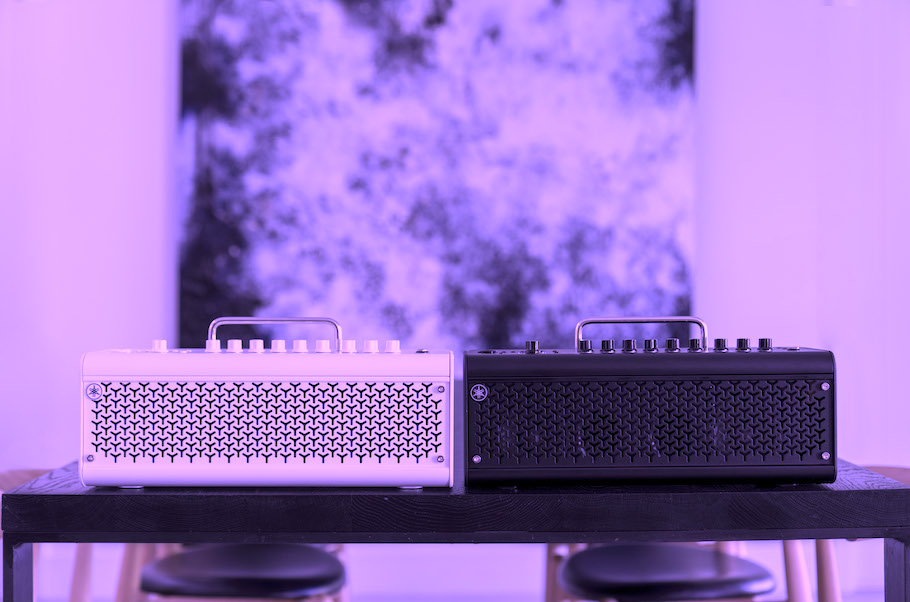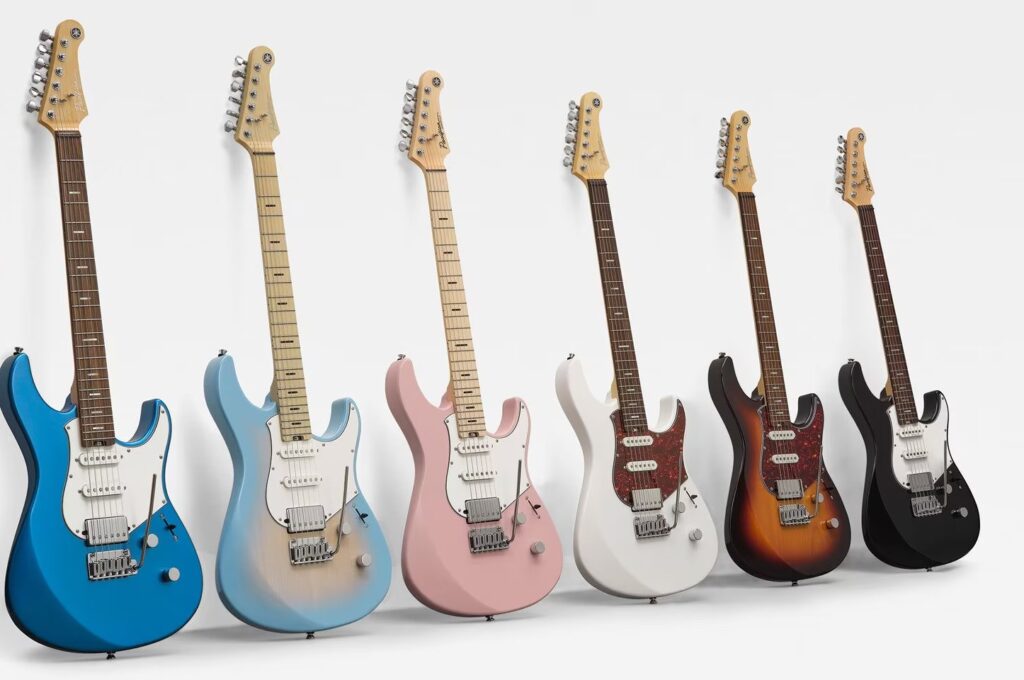A Brief Guide to Electric Guitar Tonewoods
These are the woods that go into your electric guitar.
Even people who don’t know a whole lot about guitars generally understand that the tonewoods used when building an acoustic model are essential to its sound. (That’s a subject you can find treated in greater depth here).
When it comes to electric guitars, though, the waters get a bit murkier. Because the central contributors to the tone of solid-body electric guitars are its pickups, you might think that such instruments could be constructed out of just about any material and still sound good. So why even bother with wood in the first place? And if there’s a reason, does it really matter what woods you use?
The answer to the first question is this: Wood is used in solid-body electric guitars primarily because qualities like feel, weight and look can be just as important to guitarists as tone. In addition, even though an electric guitar isn’t designed to project a sound out to an audience without amplification, the resonant properties of its woods — particularly the ones used in its body — still have a significant impact on the way it sustains a note.
As to the second question, the answer is: It does matter, because due to their particular blend of the qualities mentioned above, some woods just plain work better for electric guitars.
Here’s a primer on the woods most commonly used in modern electric guitars, broken down into the three core parts of the instrument — body, neck and fingerboard — each requiring different characteristics from the wood used in its construction.
Bodies
The way a wooden body resonates in response to strings vibrating is a key factor in the sound of any type of guitar, acoustic or electric. That’s why, for example, rosewood in all its varieties is treasured by luthiers; it resonates with great warmth, generating lots of overtones. However, because rosewood is classified internationally as an endangered species, its trade is restricted, so building a guitar entirely out of it is a pricey undertaking. It’s also a tough proposition for your back and shoulders, as a solid block of rosewood is mighty heavy!
That’s why makers of solid-body electric guitars tend to look for woods that combine good tonal properties with reasonable weight and affordability. From lightest to heaviest, the woods most commonly used for electric guitar bodies are:
– American ash
– South American alder
– Asian or South Pacific agathis
– American or Canadian maple
– African mahogany
Mahogany is second only to rosewood in both its tonal richness and its weight; the African variety is one of the few mahoganies not currently classified as endangered. Agathis is tonally similar to mahogany but not as heavy.
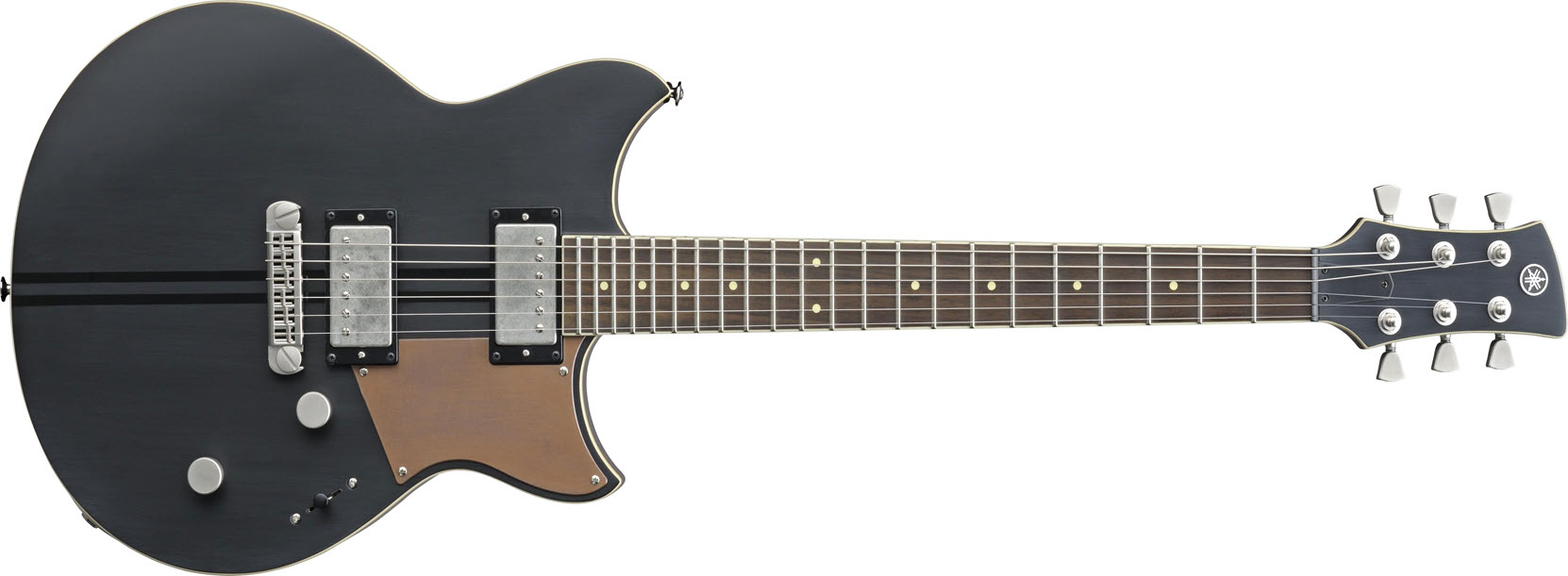
The original Yamaha REVSTAR Series of solid-body electrics (like the RSP20CR model shown above) had maple/mahogany or flame maple (a more dramatically grained type of maple) bodies; current REVSTAR Series guitars have chambered bodies that utilize similar tonewoods. Most models in the Yamaha Pacifica Series have bodies of maple, alder, flame maple, or some combination thereof — the sole exceptions are the PAC1611MS Mike Stern signature model, which has a body of light ash, and the PAC012, which sports an all-mahogany body.
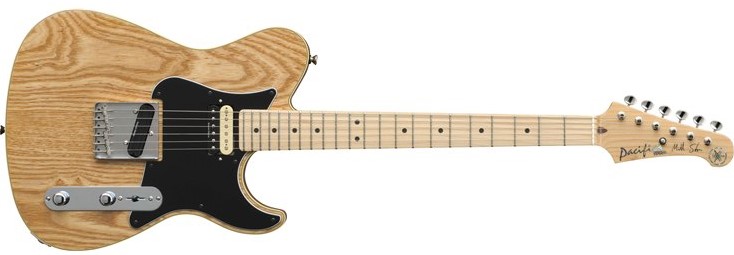
For hollow-body electric guitars, the luthier’s calculations change somewhat. Here, the tonal properties of a wood become more important, and weight is less of a consideration. The Yamaha SA2200 hollow-body electric utilizes laminated sycamore, with a center block of softer maple to help with resonance and stability.
Necks
The weight of a guitar neck, though significant, is less crucial to a player than the way it responds to the hand. Necks need to be hard enough to remain stable and withstand years of use, but they also need to be soft enough to feel comfortable. American and Canadian maple provide a happy medium here and are frequently employed for electric guitar necks, along with African mahogany and nato, a softer type of hardwood from Indonesia.
Most Yamaha REVSTAR guitars have mahogany necks (the exception being the RS320 and RS420 models, which optionally are available with nato necks), while Pacifica instruments all have maple necks; the SA2200 hollow-body has an all-mahogany neck.
Fingerboards
Of an electric guitar’s three principal wood components, the fingerboard suffers the most daily wear and tear. It’s therefore important to use a type of wood that’s as hard and durable as possible. Prime contemporary candidates include:
– Palisander (a variation of Indian rosewood, now primarily harvested from Africa due to international restrictions)
– American and Canadian maple (flame maple being the most common, but the more elaborately grained bird’s-eye and quilted maple getting frequent use as well)
– African and Southeast Asian ebony
The Yamaha SA2200 hollow-body electric guitar sports an ebony fingerboard, while all Yamaha solid-bodies opt for rosewood with two exceptions: the Pacifica PAC112VM, which has a maple fingerboard, and the Pacifica PAC012, which is available with either a rosewood or walnut fingerboard.
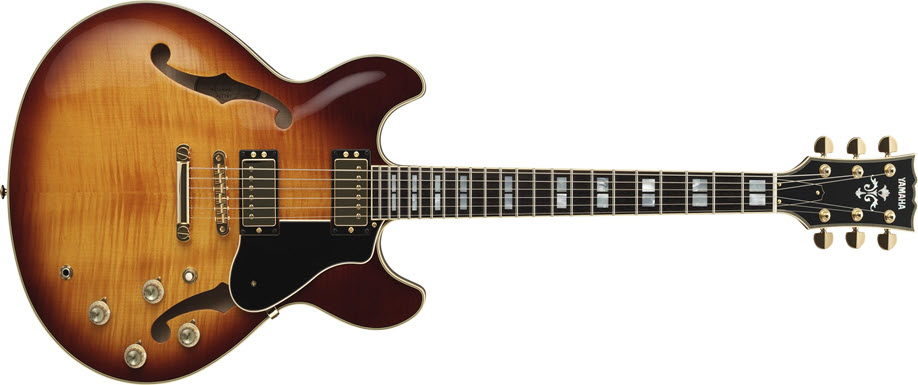


In the end, of course, a lot of the considerations about electric guitars — including the woods they’re made of — are matters of personal taste. If you prefer a heavier body or a harder neck, you’re not making the “wrong” choice, as there is no such thing. Nonetheless, it’s helpful to have some basic knowledge of the kinds of wood that go into most electric guitars. That way, you’ll be informed enough to make the right choice … for you.
Click here for more information about Yamaha electric guitars.










